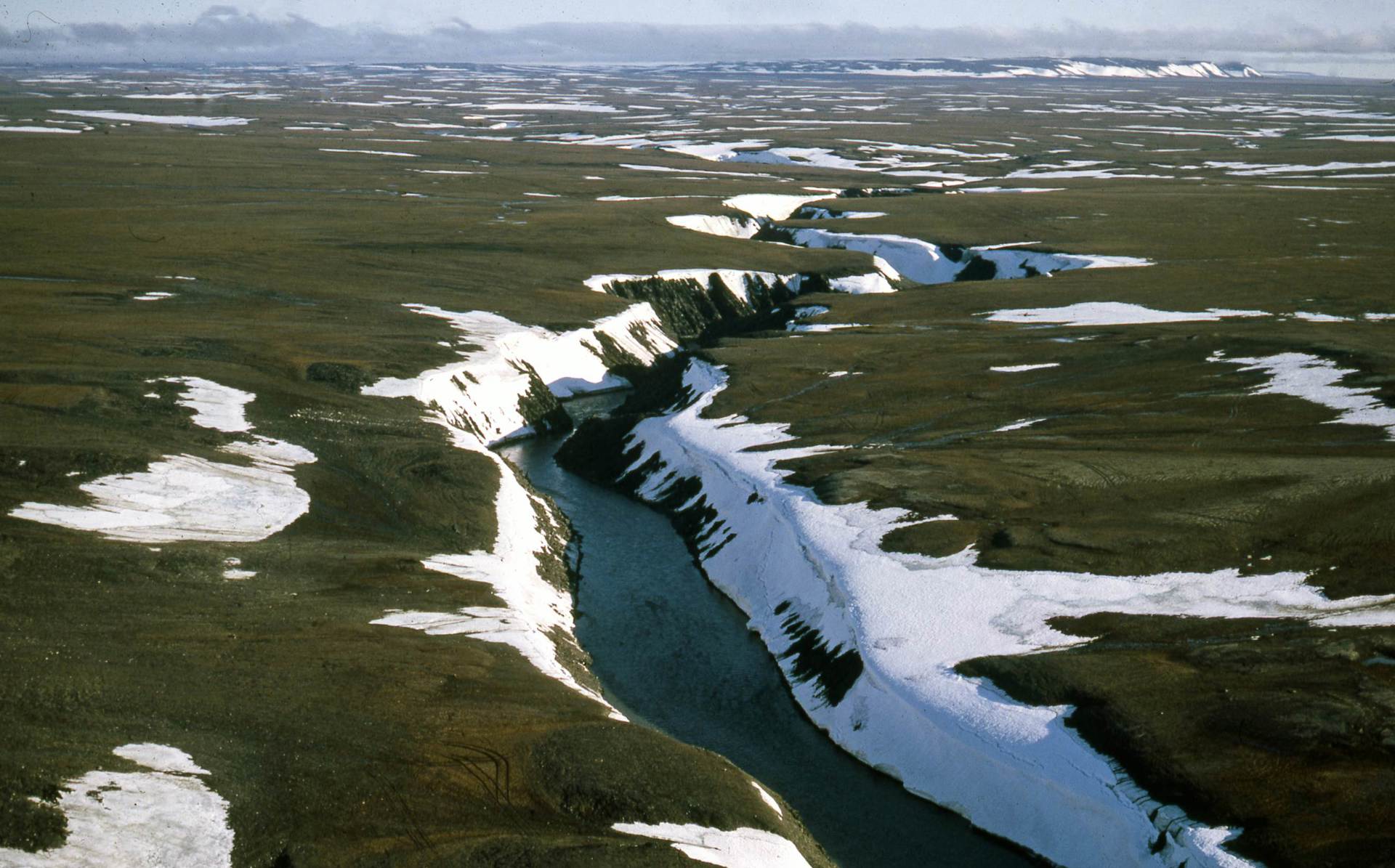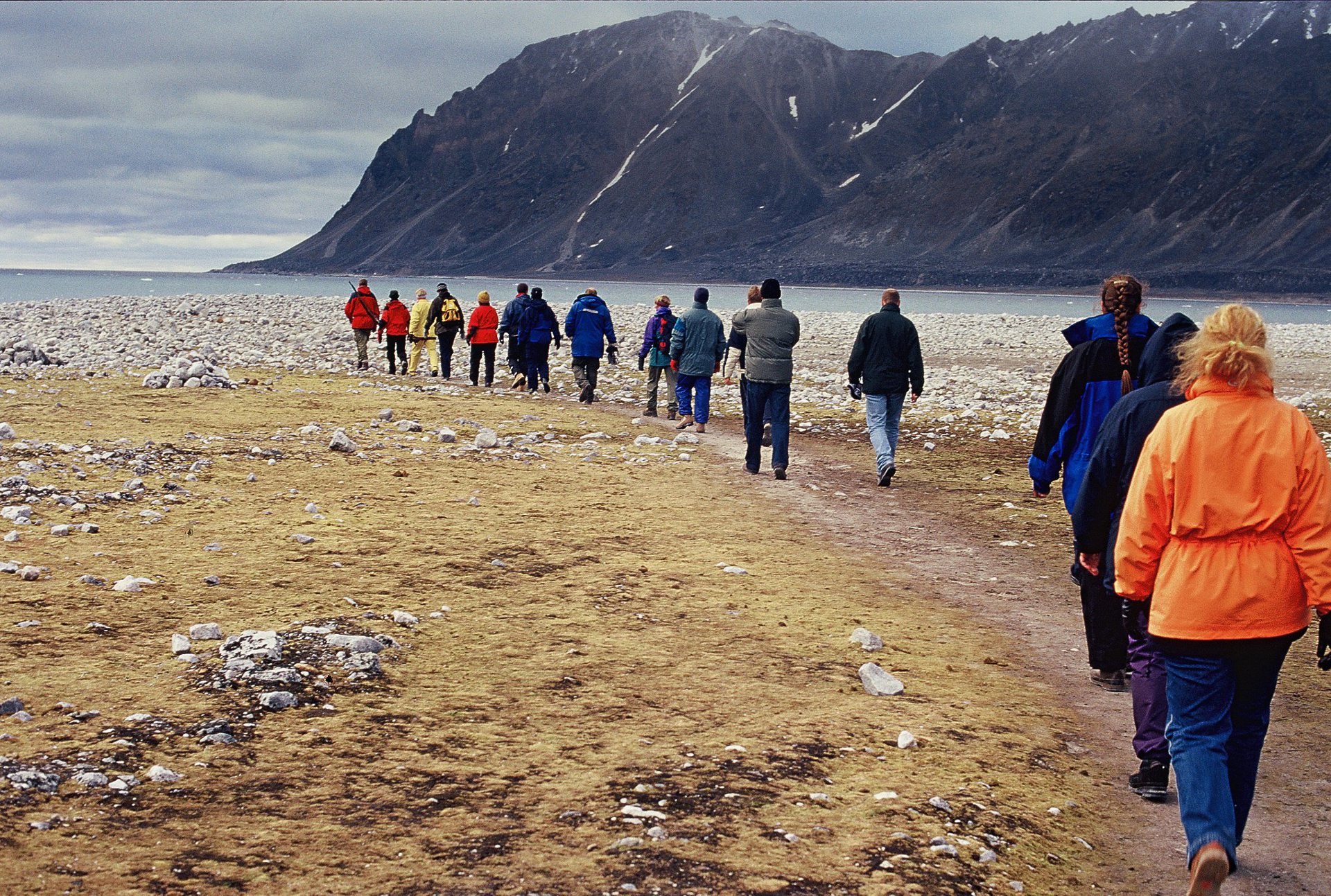
“To combat climate change, we must protect the Earth's cold regions.”

“To combat climate change, we must protect the Earth's cold regions.”
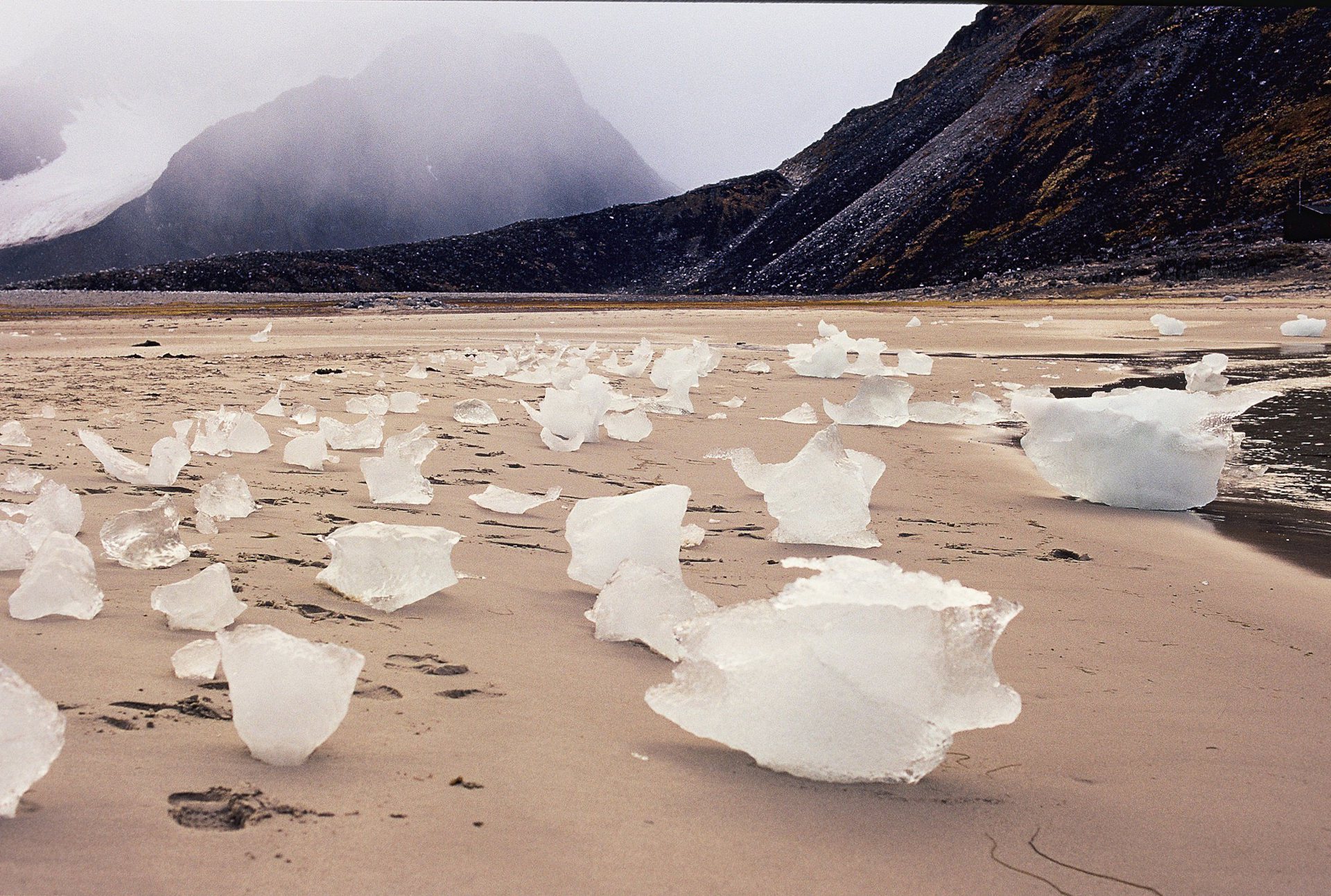
There is also a critical need for an unbiased examination of potential solutions to slow down, halt, and reverse the effects of climate change in the polar and northern regions and prevent tipping points from occurring. The creation of the climateinterventions.org was motivated by a lack of tools to compare ideas that could be globally important but must be implemented in the cold regions of the world. However, while polar and cold regions are essential to the health of our planet, many questions remain about the potential impacts on human and natural systems when considering actions for the greater good.
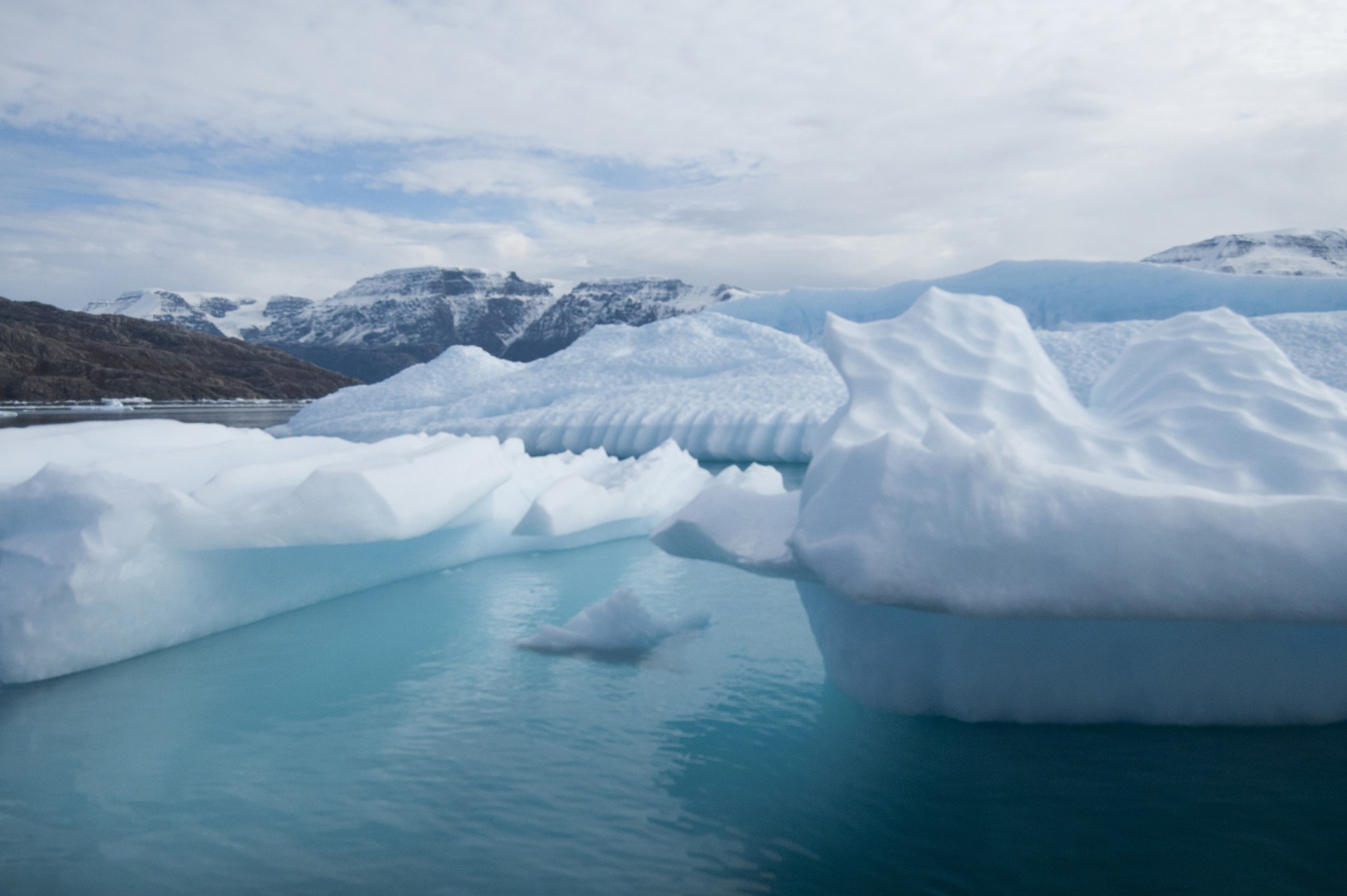
Global sea levels are rising as the West Antarctic and Greenland ice sheets decay. The catastrophic and irreversible loss of permafrost at somewhat higher temperature thresholds has the very real potential to release vast amounts of carbon, which could dwarf all national emission reduction pledges. Climate change is also replacing tundra vegetation with low-lying shrubs, bushes, and trees, which lowers surface albedo (reflectivity) and does not enhance carbon sequestration.
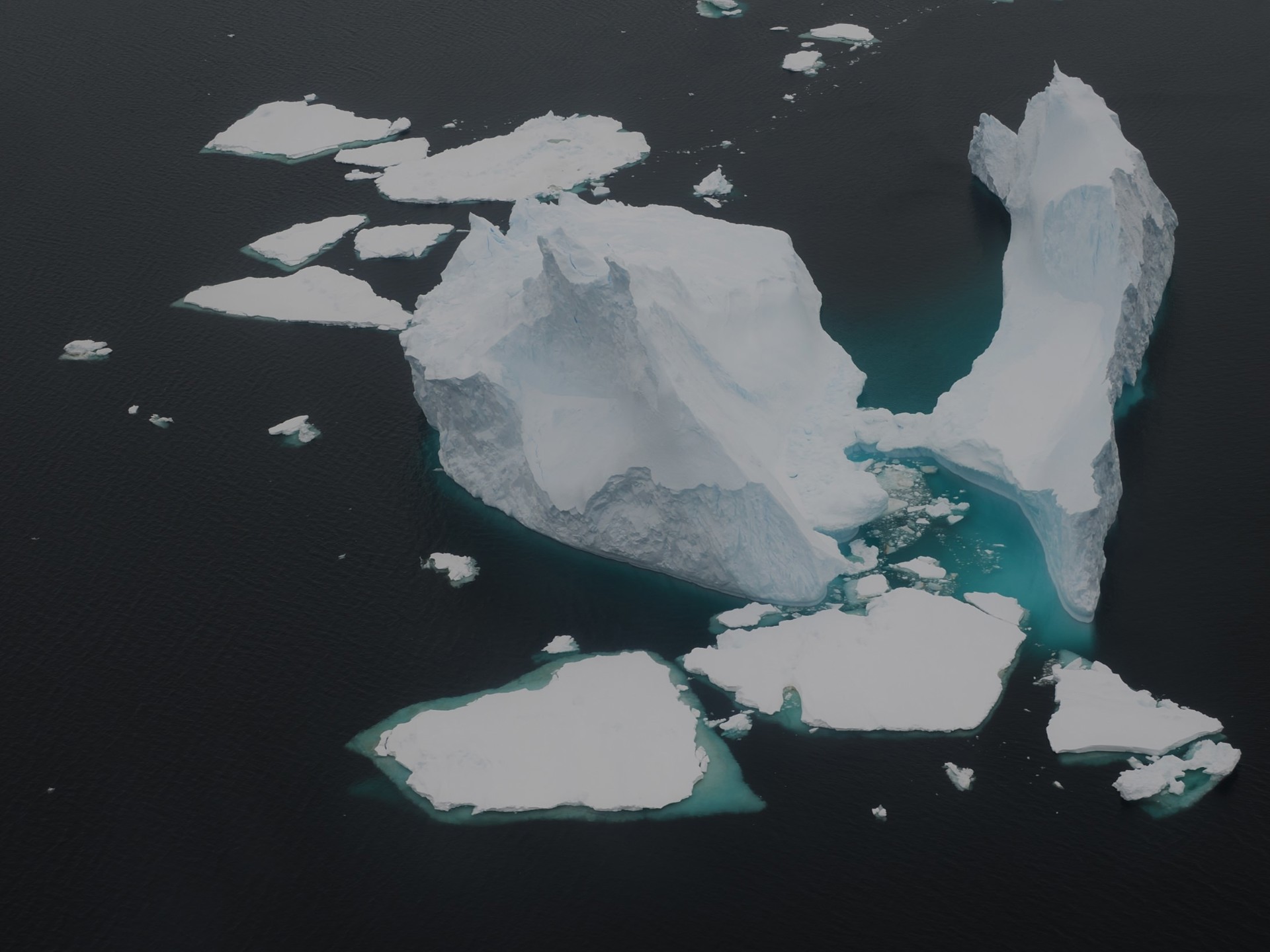
Over half of the climate tipping points with global repercussions are located in the Earth’s coldest regions, including the Antarctic and Greenland ice sheets, Arctic sea ice, and Arctic permafrost. We know that parts of the ice sheets will collapse when temperature exceeds 1.5°C above pre-industrial levels, and that sea ice and permafrost will follow before we reach a 2°C rise. Many tipping points are linked to the melting point of ice, and we cannot negotiate with that – it is what happens when temperatures get too high.
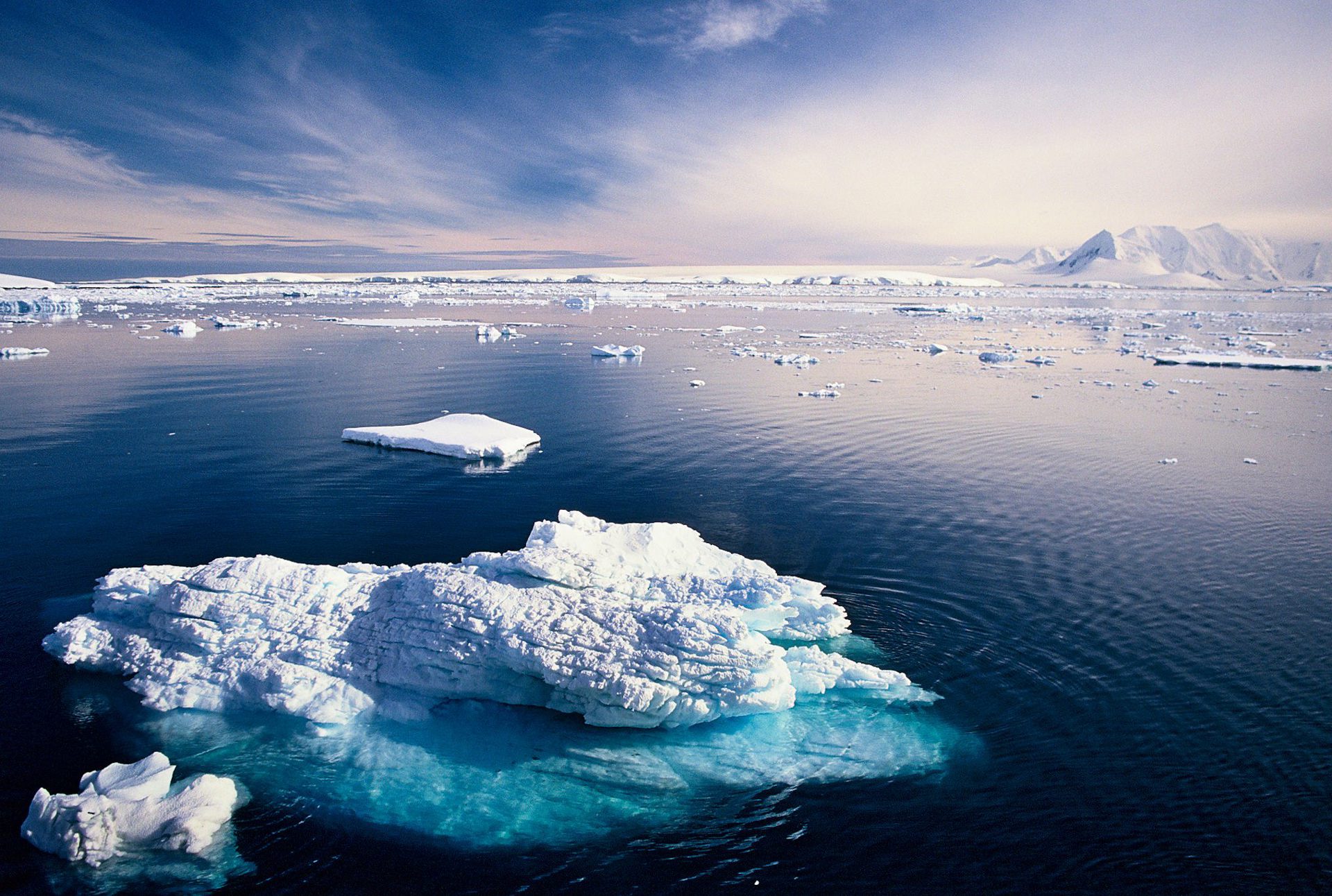
The loss of carbon, particularly in the form of greenhouse gas emissions from permafrost thaw, combined with reduced albedo, creates a positive feedback loop that accelerates global warming. Additionally, the continued loss of Arctic sea ice is expected to enhance this positive feedback, as less sunlight is reflected back into the atmosphere and more solar energy is absorbed by the ocean. Furthermore, the risk of globally significant changes in high-latitude ocean circulation patterns is closely linked to increasing meltwater from the Greenland ice sheet.

The goal of the Paris Agreement on climate change is to limit the mean global temperature rise to between 1.5°C and 2°C. However, we are currently on track for an increase of 2-3°C. Warming in the Arctic is already occurring three to four times faster than the global average. According to the Intergovernmental Panel on Climate Change (IPCC), there are no plausible scenarios to avoid breaching 1.5°C, and surpassing 2°C is very likely.
